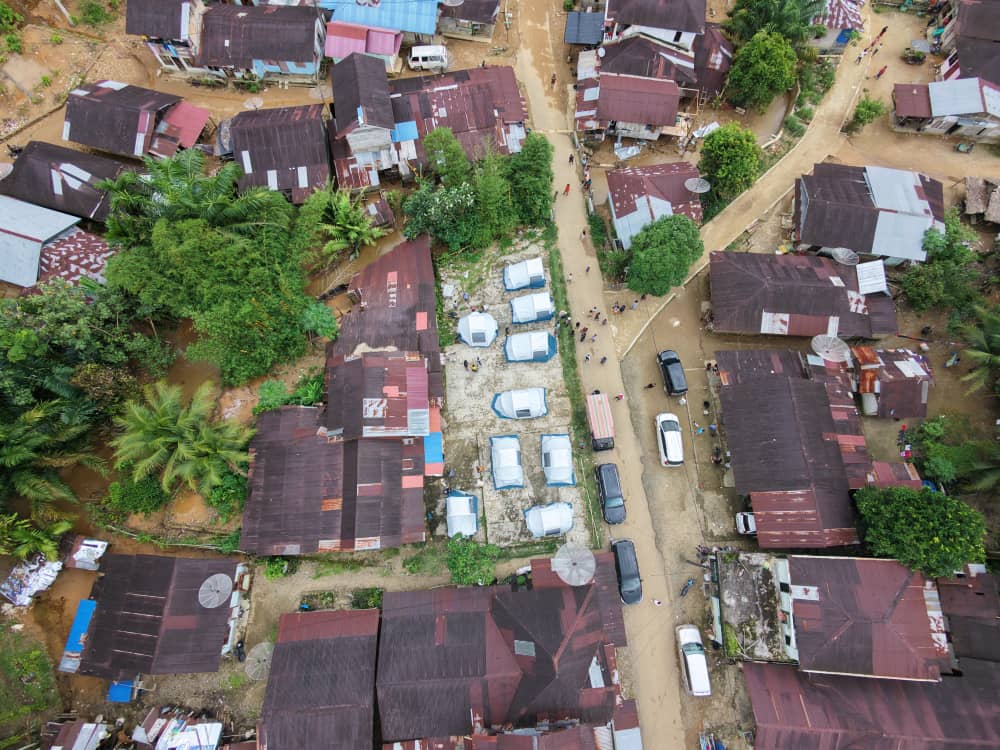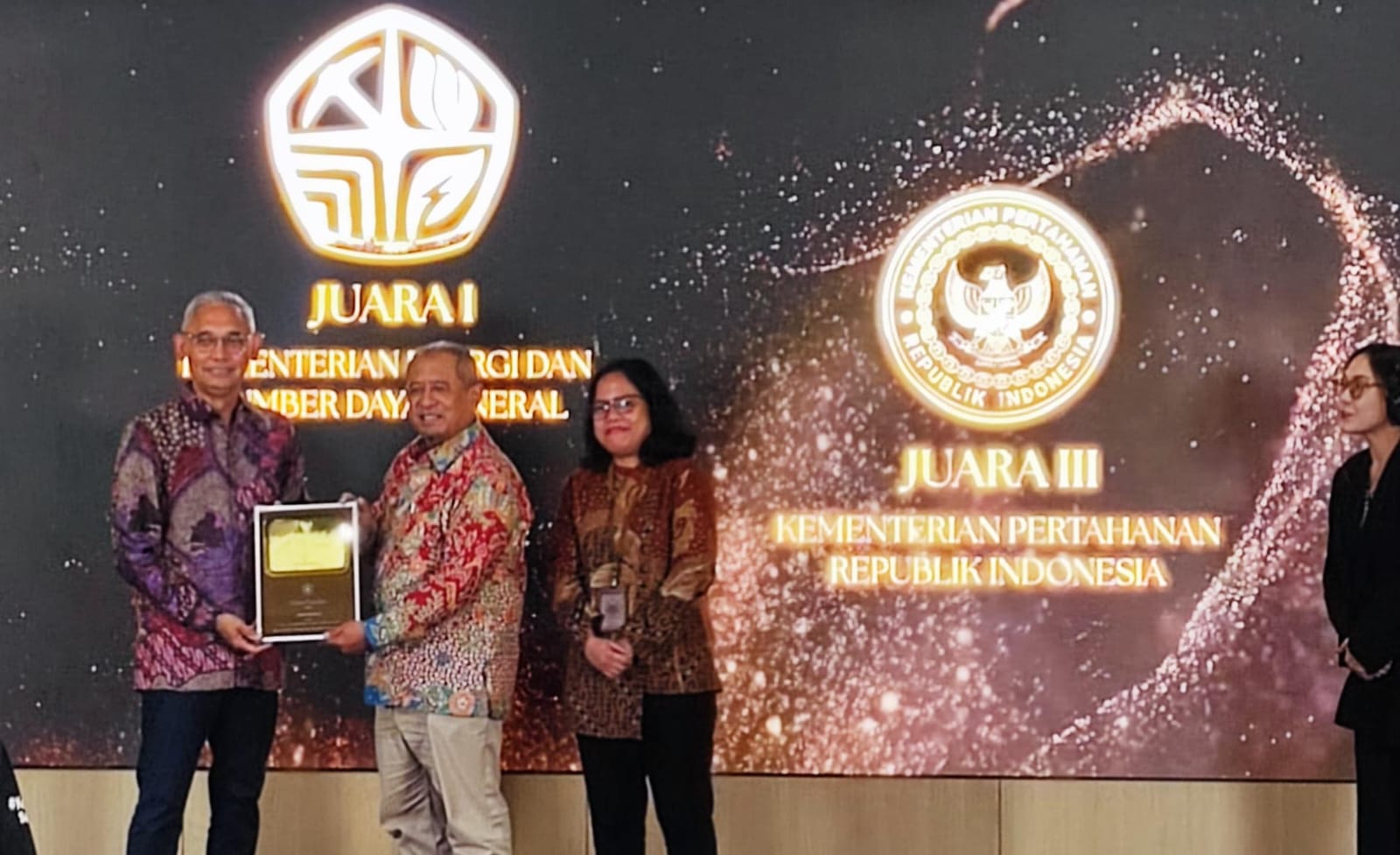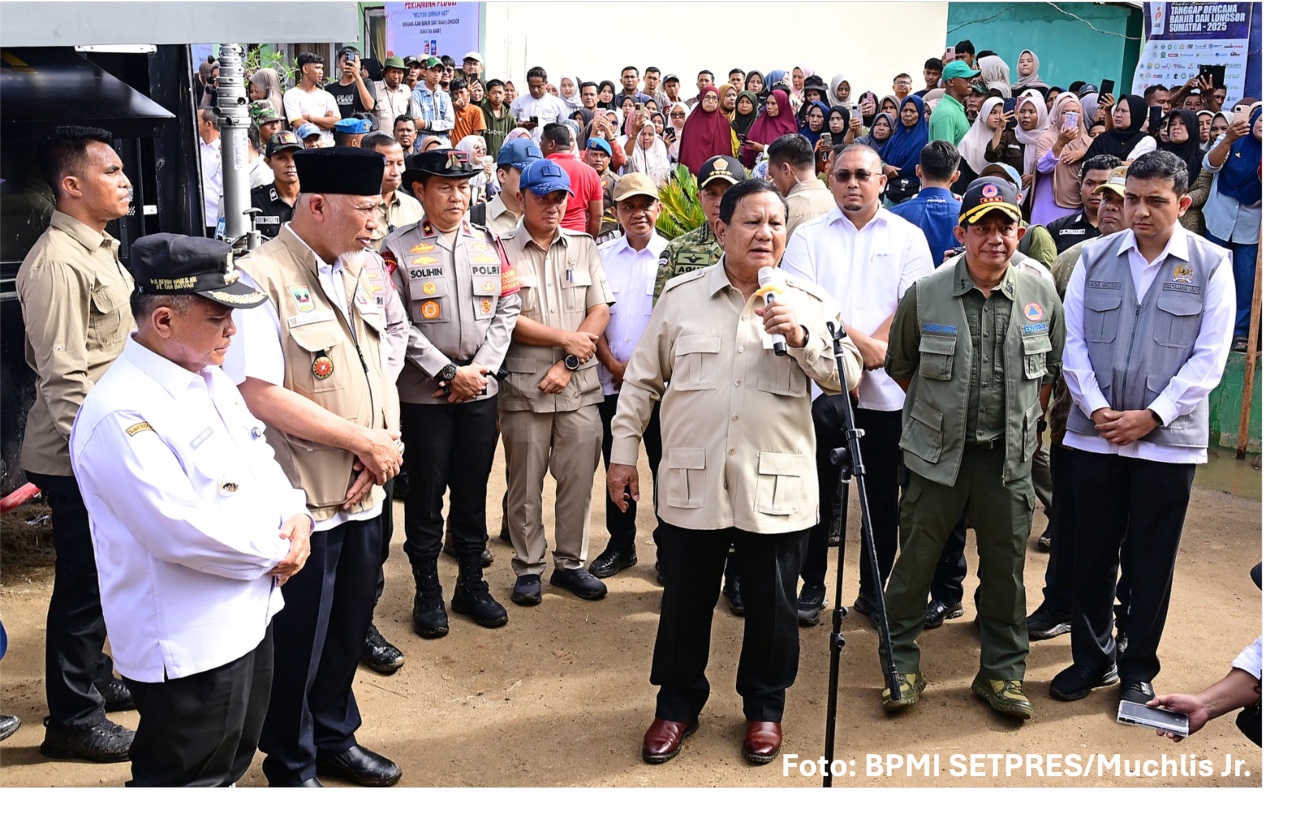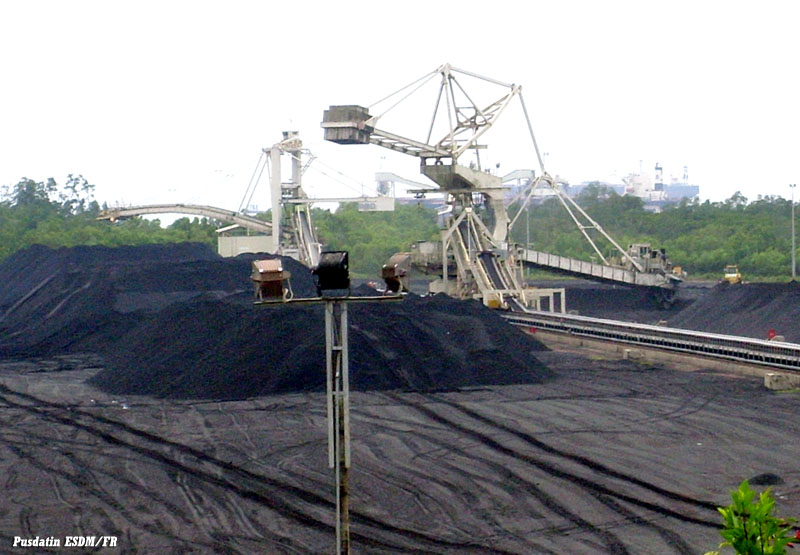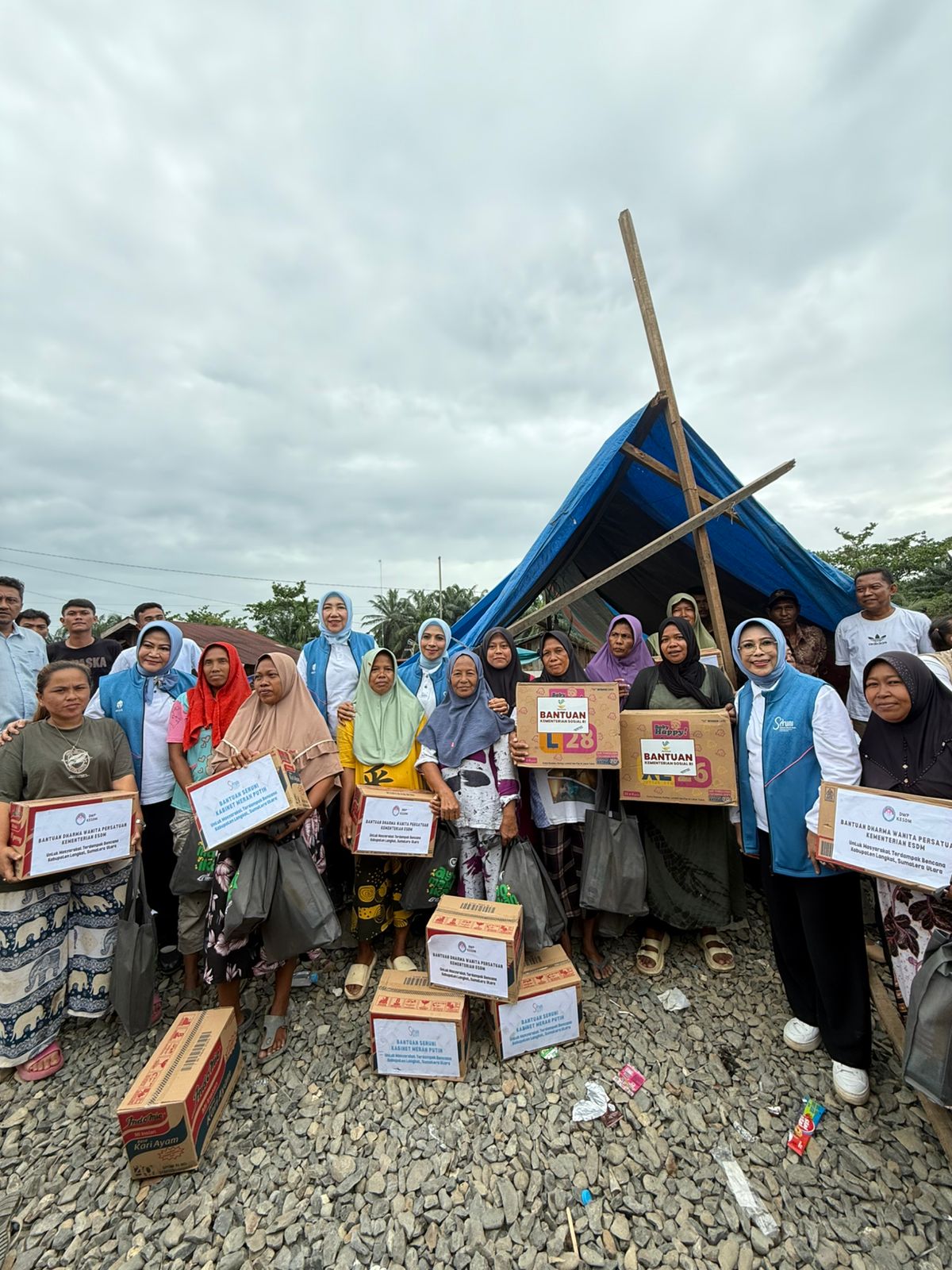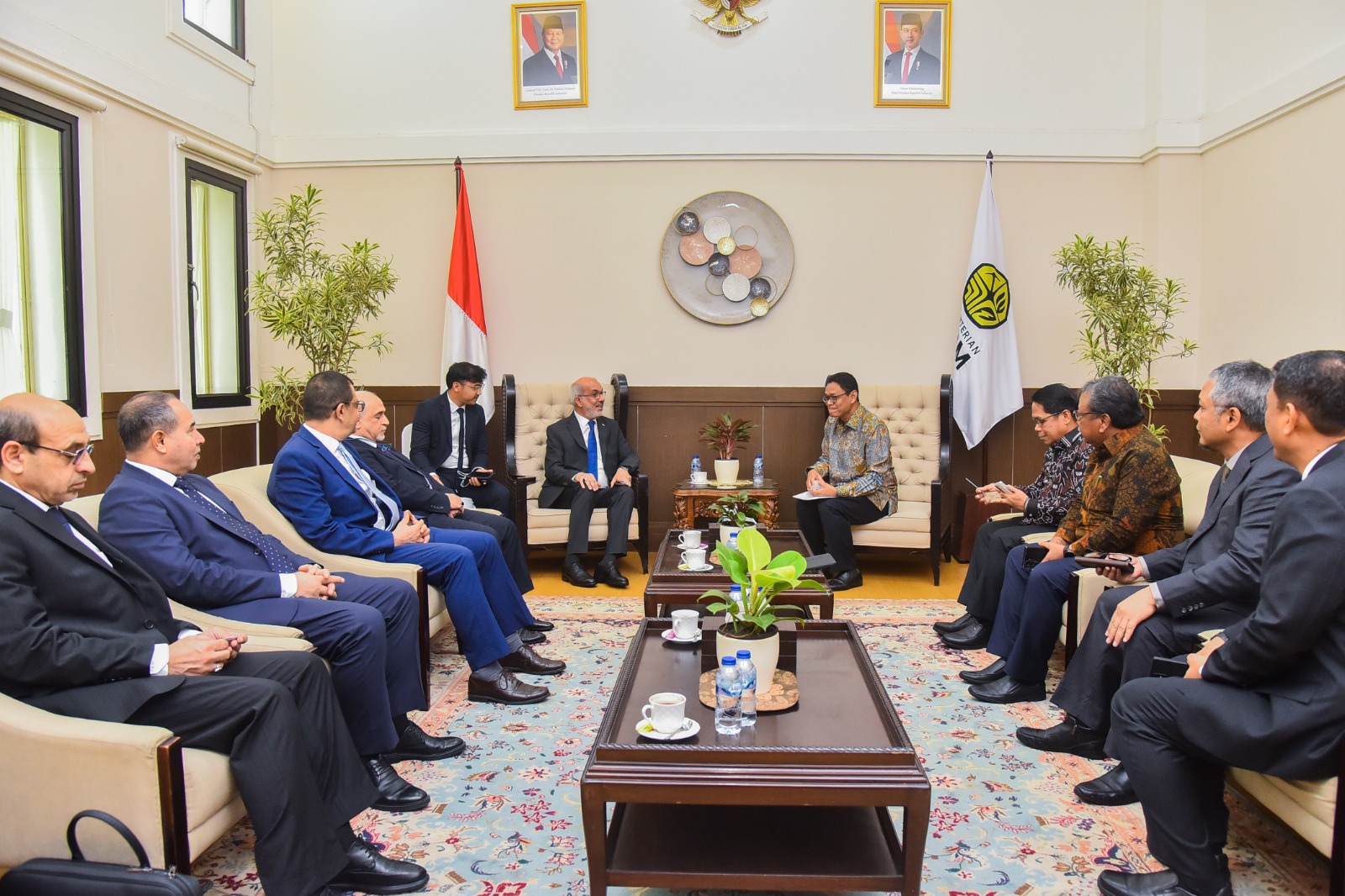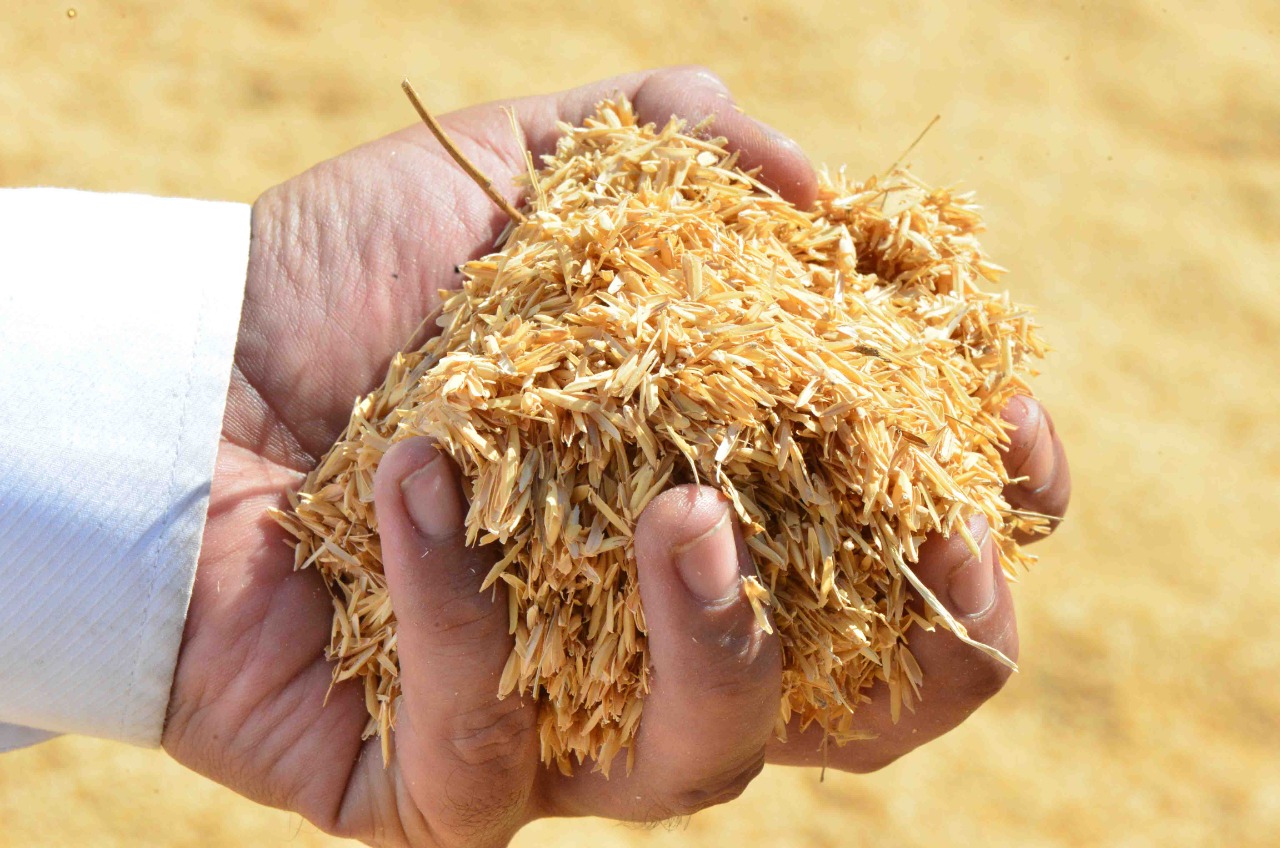
Successful Co-firing at PLTU Ropa and PLTU Bolok
MINISTRY OF ENERGY AND MINERAL RESOURCES
REPUBLIC OF INDONESIA
PRESS RELEASE
NUMBER: 288.Pers/04/SJI/2020
Date: 4 October 2020
Successful Co-firing at PLTU Ropa and PLTU Bolok
To increase the use of new, renewable energy for electricity generation, co-firing trials were again conducted--this time at PLTU (coal-fired power plant) Ropa in Flores and PLTU Bolok in Kupang, both in East Nusa Tenggara Province. Co-firing is the use of biomass and waste as fuels that substitute coal.
Head of Bureau of Communication, Public Information Services, and Cooperation of Ministry of Energy and Mineral Resources, Agung Pribadi, said the co-firing trials had been carried out at various coal-fired power plants in Indonesia with a biomass content of 1-10 percent.
"We've received good news again. This time, it's from PLTU Ropa that successfully trialed a 10 percent biomass content from the TOSS (local waste processing plant). Meanwhile, the co-firing at PLTU Bolok used a 5 percent biomass content from woodchips," Pribadi said in Jakarta on Saturday (3/10).
Pribadi further explained the co-firing method is listed in the National Electricity Master Plan (RUKN) of 2019-2038. The plan sets out that the energy conservation road map for energy provision activities include better energy efficiency at own use and co-firing.
"Co-firing is one of the government's plans to optimize renewable energy, by promoting the 23 percent target in the renewables mix by 2025," Pribadi emphasized.
In PLN's written statement, Executive Vice President of Corporate Communication and CSR Agung Murdifi said that the co-firing program is part of the "green" pillar spirit in the company's transformation. Co-firing is a technology that substitute coal with renewable energy at a certain ratio with due consideration of fuel quality according to the technical specification.
"We will continue to promote the use of renewables in order to supply environmentally friendly and sustainable electricity," said Murdifi.
The raw material for biomass can come from processed waste, tree branches, leaves, rice husks, sawdust, and grass processed by a (bio-drying) method. The raw material is later processed into pellets, as used at PLTU Ropa, or woodchips used at PLTU Bolok.
The co-firing trials at PLTU Ropa were carried out on 14-15 September 2020 and those at PLTU Bolok on 28-30 September 2020. The combustion results were perfect and had characteristics similar to combustion produced by coal.
The parameter of successful co-firing trials at PLTU Ropa is the absence of significant differences between using coal 100 percent and mixing coal with biomass. (IY)
Head of Bureau of Communication, Public Information Services, and Cooperation
Agung Pribadi (08112213555)
Share This!

